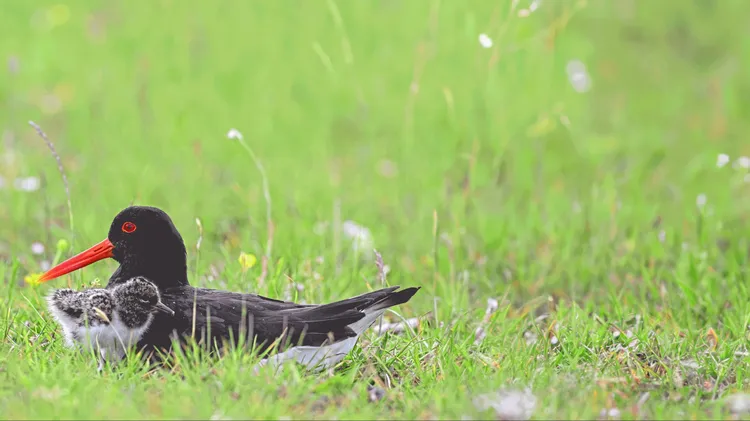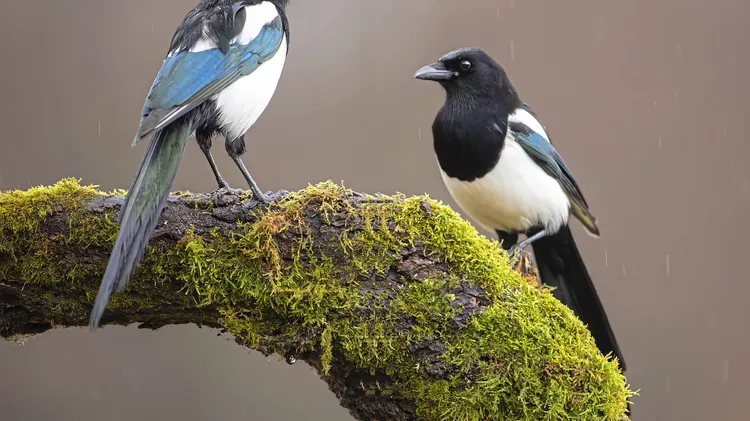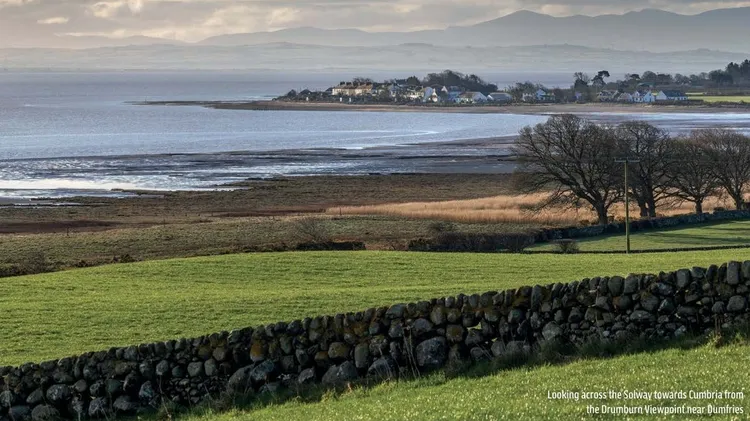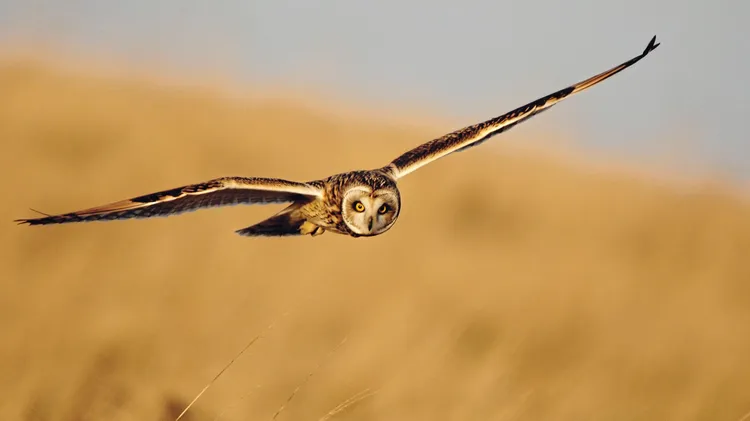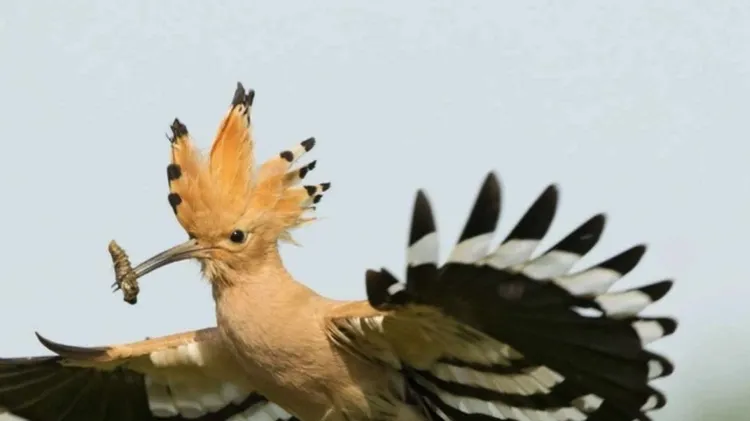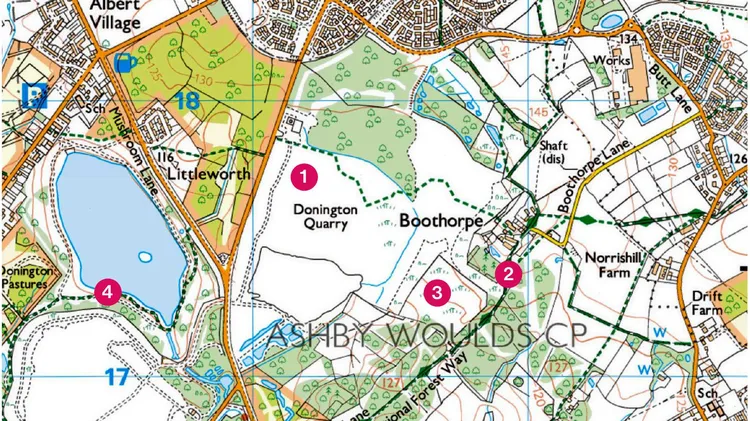Britain’s largest grouse is one of the most spectacular sights
Who killed the capercaillies?
6 min read
This article is from...
Read this article and 8000+ more magazines and newspapers on Readly

